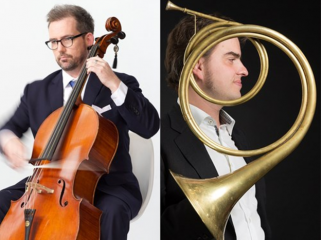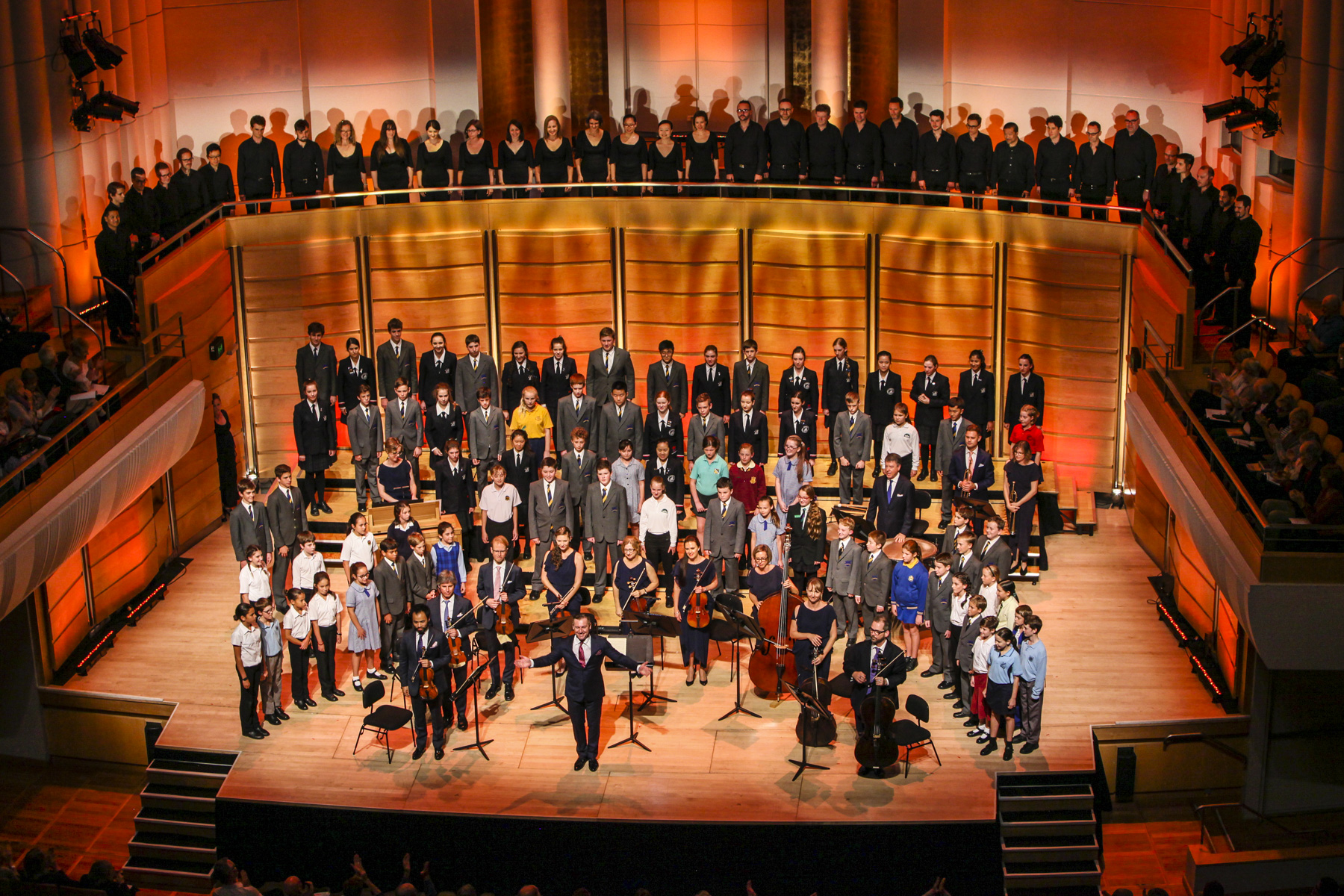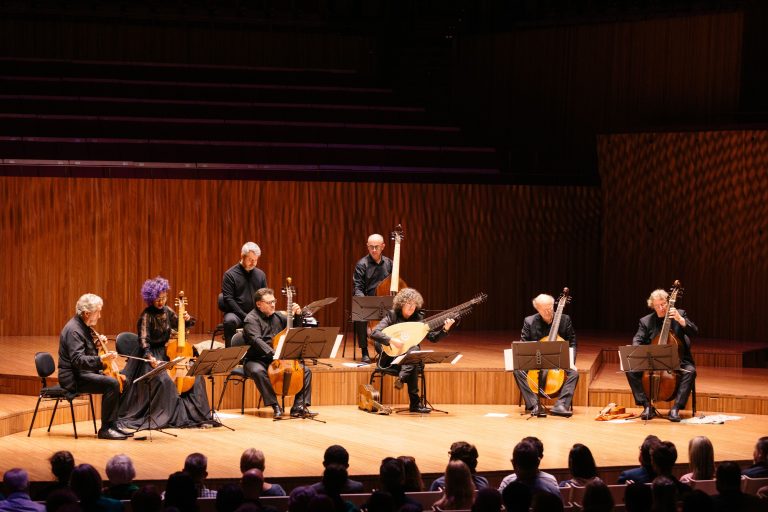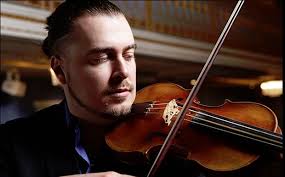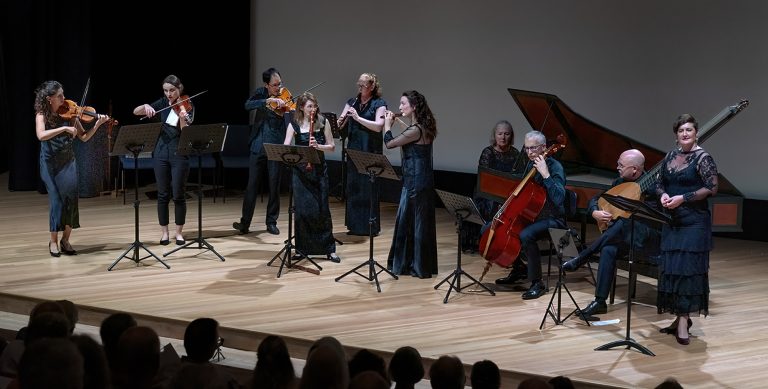CD Review: Williamson -The Complete Piano Concertos

What could Ludwig van Beethoven and Malcolm Williamson possibly have in common?
The measure, for the purposes of this feature, is that they each wrote five concertos for piano (including the concerto for two pianos by Williamson). By any comparison, this is a substantial output. Apart from the Bachs (who wrote a different style of concerto anyway) and Mozart, most post-classical composers seemed to have capped their output of piano concertos at less than five. Rachmanninov wrote four, Chopin, Brahms, Tchaikovsky and Liszt wrote two and Schumann and Grieg wrote one each.
Hyperion’s 2 CD release of Williamson -The Complete Piano Concertos pays homage to Malcolm Williamson, (1931-2003) an important figure in 20th century western music, documenting these works and making the world premiere recording of his fourth piano concerto. Accompanied by robust historical notes from Williamson scholar Dr Caroline Philpott and comprehensive performer biographies, the CD was recorded in July 2012 and April 2013 in Hobart’s Federation Concert Hall
Performed by Piers Lane AO, on a Steinway piano with the Tasmanian Symphony Orchestra conducted by Howard Shelley, (himself a pianist of note) the 2 CDs contain all four piano concertos, the Concerto for two pianos and string orchestra with Shelley playing the second piano and the Sinfonia concertante in F sharp major for piano, three trumpets (played by Yoram Levy, Mark Bain and Martin Phillipson) and string orchestra.
Malcolm Williamson was born to parents living in Mosman, Sydney. During his secondary education at Barker College, he met Michael Sverjinsky, son of the legendary Russian born pianist and teacher Alexander Sverjinsky. The older Sverjinsky heard Williamson play the piano and offered the 12-year-old a scholarship at the Sydney Conservatorium to study piano with him, composition and horn.
In 1950, he went to London for further studies in composition with Elisabeth Lutyens and Erwin Stein. His style was influenced by the second Viennese School and its aesthetics of serialism and atonality and by Boulez, Messiaen and Stravinsky. The influence of Williamson’s work as a night club pianist can’t be ignored. His writing embraced a variety of styles and he earned the reputation of being ‘the most commissioned composer of his generation’.
In 1975, Williamson was appointed Master of the Queen’s Music a post in the royal household. He was the first (and only) Australian to hold this position. Despite these successes and an output that was as broad as it was prolific, his music has lost popularity in recent times. This recording is a timely project keeping alive the music of a composer with a distinctive style.
The time span of the concertos ranges from 1958 to 1993, 10 years before his death. The Sinfonia concertante appeared in 1971, between the third and fourth concertos. These dates are in the realm of contemporary events and it seems fitting that the 18-year-old Piers Lane met Williamson in an early overseas visit to London playing the 3rd piano concerto for him. The first piano concerto premiered at the 1958 Cheltenham Festival, performed by its dedicatee, Clive Lythgoe with the Halle orchestra conducted by Sir John Barbirolli; the Piano Concerto no 2 in F sharp minor (1960) premiered in Western Australia in 1968 performed by Michael Brimer; the Piano Concerto No 3 in E flat major (1962), was commissioned by the Australian Broadcasting Commission and is dedicated to John Ogdon who premiered the work with the Sydney Symphony Orchestra conducted by Joseph Post; the Concerto in A minor for two pianos and string orchestra (1971) was commissioned by the Australia Council and the Astra Chamber Orchestra which performed its premiere in Melbourne in 1972.
Except for the third piano concerto which is written in four movements and clocks in at 30 minutes, all of the other concertos on this CD are written in three movements and none is longer than 20 minutes.
This detailed exposition of Williamson’s works for piano and orchestra draws a picture of a composer on the cusp, mixing melodies and harmonies of great beauty with acerbic dissonance, chromaticism and percussiveness. His approach to form is quite traditional given how adventurous he is with harmonies and rhythms. The concertos demonstrate not only Williamson’s approach to writing for the piano but his skill as an orchestrator as well.
The first piano concerto mixes solemnity with a joyful outbursts and an infectious theme handed around the sections of the orchestra and the soloist before a raucous finale. The intense and lyrical second movement, gives way to the syncopated and sprightly third movement..
The two piano concerto bursts with a dark and dissonant tension. The second movement centres around columns of dissonant Impressionistic chords and the mood of the final movement, is set by the pizzicato strings and hammering ostinato bass in the piano. The third piano concerto is introduced by a pointillistic Toccata.
Williamson creates bright and brassy urban moods, melodies of chant-like simplicity, a liberal use of intervals of fourths and fifths, evocations of jazz, multi-metrics, oriental and Latin aesthetics. He even described the second piano concerto as being a parody of himself. The music is eminently listenable; Lane’s technical mastery delivers an exciting performance which comprehensively explores the writing.
In Williamson’s obituary in The Guardian in 2003, Tim McDonald comments “he wrote in a bewildering array of styles – and was thus slated for indiscipline and lack of a sense of direction.” Arguably, some of his music is likened to that of other composers – listening to the recordings there are hints of Stravinsky, Debussy, Bartok, Prokofiev, Gershwin and Messiaen. Is it that Williamson as a product of his times absorbed all these aesthetics creating his own fusion, or did he have his own distinct point of view?
Perhaps Williamson himself can provide the answer – “Most of my music is Australian….Not the bush or the deserts, but the brashness of the cities. The sort of brashness that makes Australians go through life pushing doors marked pull.”
Shamistha de Soysa for SoundsLikeSydney©
Malcolm Williamson – The Complete Piano Concertos, Piers Lane, Howard Shelley Hyperion CDA6801/2


